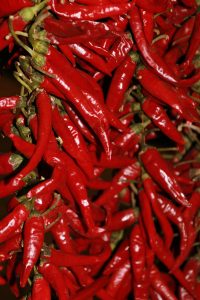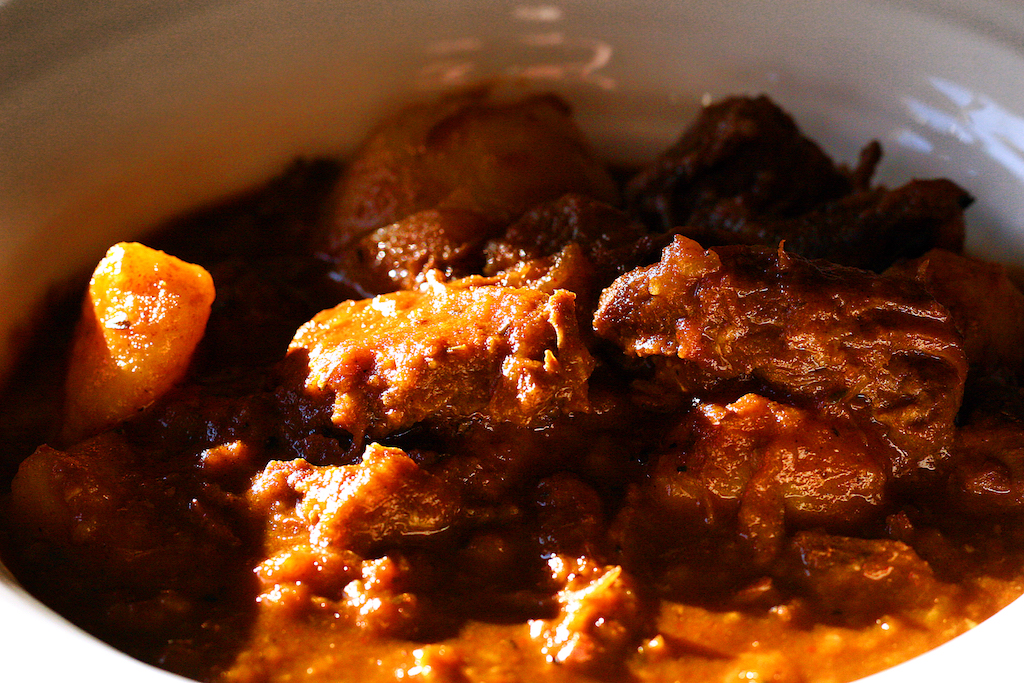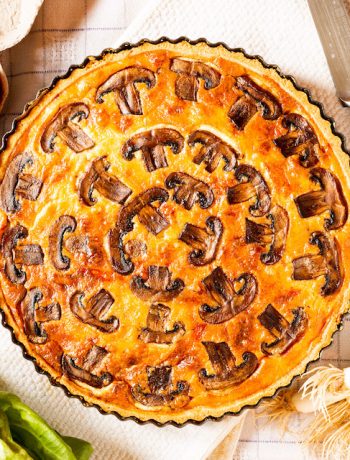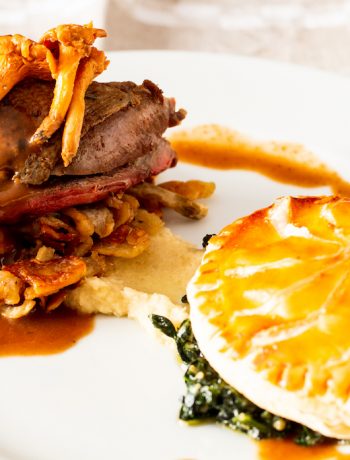A few months ago, my wife and I took the children to Budapest for short city break. Centrally located in Europe, and bordering no less than seven other countries (including Romania, Austria, Slovenia, Serbia and Slovakia) it will come as no surprise that Hungarian cuisine is as richly colourful and diverse as the history of the country itself.
Sitting in a geographical feature, known as the Carpathian Basin, the region was first conquered in the Middle Ages by the peoples of an eastern nomadic tribe called the Magyars. It was they who named it Hungary. Prior to restoration of sovereignty in the early 14th Century, the country had been under the rule of the Mongols. But, by the 16th Century it had been subsumed into the Ottoman Empire. By the late 19th Century the region had become part of the new nation Austria-Hungary, which at the time was the second largest country in Europe after the Russian Empire. This period played a significant part in the diversity of the cuisine of Hungary, as well as its shared identity with much of the food of neighbouring countries, particularly Austria.
Following a brief period as a democratic republic between World Wars 1 and 2, and before falling under the rule of the Nazi Party, and later the Russian Communist Party, Hungary became a stable, independent democracy in 1989.
While the sheer complexity of Hungary’s history accounts for the diversity of its cuisine, one dish stands out as the national product that people all over the world know Hungary for. This dish is goulash. Goulash, with its deep ochre tones glistening under rising plumes of fragrant steam, is consumed with large amounts of fresh, crusty bread or other traditional accompaniments – most often during the cold days of winter. The characteristic rich colour of goulash is down to the paprika, which is also found in a large number of other Hungarian dishes.
Numerous stalls in the Great Market Hall in Budapest are heavily adorned with deep crimson bunches of what appear to be dried chillies that wouldn’t look out of place on the most ostentatious of Victorian Christmas trees. In actual fact, they are paprika peppers, of which there are six classes ranging from mild to hot. Most ground paprika spice is made using milder, sweet varieties.

Paprika peppers for sale in the Central Market Hall Budapest
Goulash is essentially a beefed up soup (no pun intended) that takes its name from the gulyars who were Magyar oxen herders. The origins of goulash, however, can be traced back to the 9th Century (well before the Magyars) to a dish that comprised chunks of meat, stewed slowly, until the cooking liquid had boiled away, and then dried in the sun. The resulting cooked meat could be kept easily, which was important in an age well before the advent of refrigeration. When needed, the meat was re-boiled with water to prepare a crude soup or stew.
The goulash that we associate with Hungary today is made using beef, onions, tomatoes, paprika and potatoes. However, as is often the case with dishes so intrinsically linked to a country’s national identity, there are a number of red lines that the purists will tell you must not be crossed. Firstly, there is no place for either flour or wine in goulash, despite their use in many other types of stew. A Viennese version of goulash is thickened with flour, but this is generally considered by Hungarians to be non-authentic. Secondly, there is no place for cream, soured or otherwise, be it added during or after cooking. So keep your fingers out of the dairy.
Traditional accompaniments include potatoes or small poached quenelles of egg pasta called csipetke.
Goulash
Ingredients
- 250g onions (about 2 medium onions), sliced into rings (use a mandoline if you have one)
- 1.5 kg braising steak, e.g. beef topside, cut into chunks with fat and sinew removed
- 100g lard
- 500g fresh tomatoes, peeled, deseeded and quartered
- 1 clove of garlic crushed
- 1 bouquet garni
- 3 tbsp Hungarian paprika (add more to taste if liked)
- Beef stock
- 600ml boiling water
- 800g potatoes, peeled and quartered
Instructions
Heat the fat in a heavy bottomed casserole pan. Add the cubed steak and onion rings, and brown well.
Add the tomatoes to the pan, along with the garlic, bouquet garni and paprika. Add enough stock to cover the meat. I used fresh stock, prepared according to the traditional method of Escoffier, but stock cubes, as advertised by a certain bad-boy, rock-star chef, will also do.
Bring the pot to the boil, then reduce the heat and cover.
Cook on a low heat for 2 hours.
Add 600ml of boiling water, along with the potatoes. Bring back to the boil and continue boiling until the potatoes are cooked.
Season and serve.



 (2 votes, average: 4.50 out of 5)
(2 votes, average: 4.50 out of 5)


No Comments